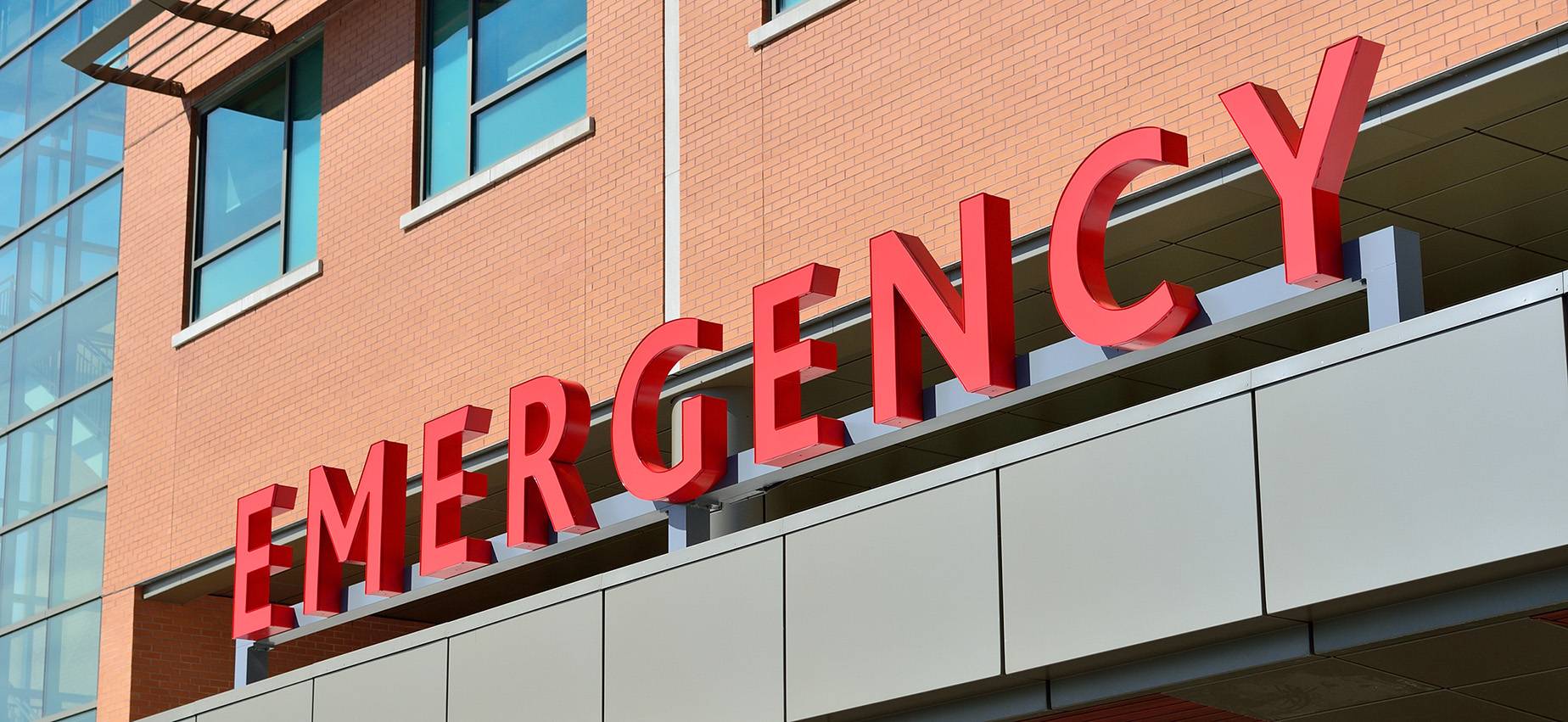Respiratory care expert shares disaster preparedness tips for hospitals
Yvonne Rhodes | April 11, 2019


Sharon Armstead, clinical assistant professor in Texas State University’s Department of Respiratory Care, was interviewed by the American Association for Respiratory Care and provided five tips for hospital administrators on how to prepare for natural and manmade disasters.
“I believe our most important responsibilities when responding to a disaster are the relationships we have developed, and educating each other on available resources, like equipment, supplies and roles of individual staff, both internally and externally,” Professor Armstead said.
According to Professor Armstead, hospitals have a disaster plan or triage plan in place, but she emphasized that practicing that plan is key. “The more familiar the staff is with the individual roles and responsibilities of the plan, the higher the degree of success.”
HOSPITAL DISASTER PREPAREDNESS TIPS
KNOW THE SYSTEM: “Every hospital has a Hospital Incident Command System. Staff should receive training on that system on a consistent basis. They should be required to know the difference between an internal disaster and an external disaster,” said Professor Armstead.
Internal Disasters: Incidents that occur inside the hospital or facility, or affect the facility’s interior, like a building structural collapse, loss of power, explosion, fire, flood or chemical spill
External Disasters: Events that occur outside the hospital or facility but can impact the facility, like a mass casualty event, terrorist attack, mass shooting, motor vehicle accident, severe weather or industrial emergency
FLEXIBILITY OF STAFF: “Hospital staff should be mentally prepared to assist after a disaster in either their normal role, or in a new role, depending on the needs of patients. The Incident Command Center taking the lead on disaster response may assign hospital staff a unique position. For example, experienced respiratory care physicians may be tasked with transporting patients temporarily, but in a disaster, being flexible is key.”
COMMUNITY CONNECTIVITY: “Disasters are not just organizational; the community is involved, so hospital administrators should identify contact information for other community response partners, and ensure they have up to date contact information for your facility. The hospital usually has pre-established relationships with EMS, public health, other healthcare facilities, fire and law enforcement contacts,” said Professor Armstead. “Healthcare professionals should not forget that disasters affect their own families, so they should establish their own personal and family disaster plans, as well.”
LESSONS LEARNED: “Respiratory therapists are called first responders for a reason. When there is an emergency in a hospital, especially one that will impact the oxygen or air supply system, respiratory therapists and their patients will be impacted, and must be prepared.”
Professor Armstead went on to share two of her top lessons learned over her career in respiratory care: “Hospitals must have an oxygen shutdown plan, and staff should always communicate up the chain of command when there is an emergency that affects them. If a hospital has a power outage and ventilators shut off in the ICU, even during the short time it takes to switch to battery power, it’s important to report that up the chain of command so hospital administrators aren’t caught by surprise.
RESPONSIVENESS TO STAFF ALERTS: Professor Armstead stresses the importance of streamlining the process by which employees are notified to report to the hospital in the event of a disaster. Some facilities use employee phone callback lists, and Dr. Armstead suggests that using text messages to activate staff may be faster. It’s key that staff respond to the activation alert with the time they’ll arrive on-site.
This article was based on a story that originally appeared on the American Association for Respiratory Care website on April 3, 2019.
Share this article
For more information, contact University Communications:Jayme Blaschke, 512-245-2555 Sandy Pantlik, 512-245-2922 |